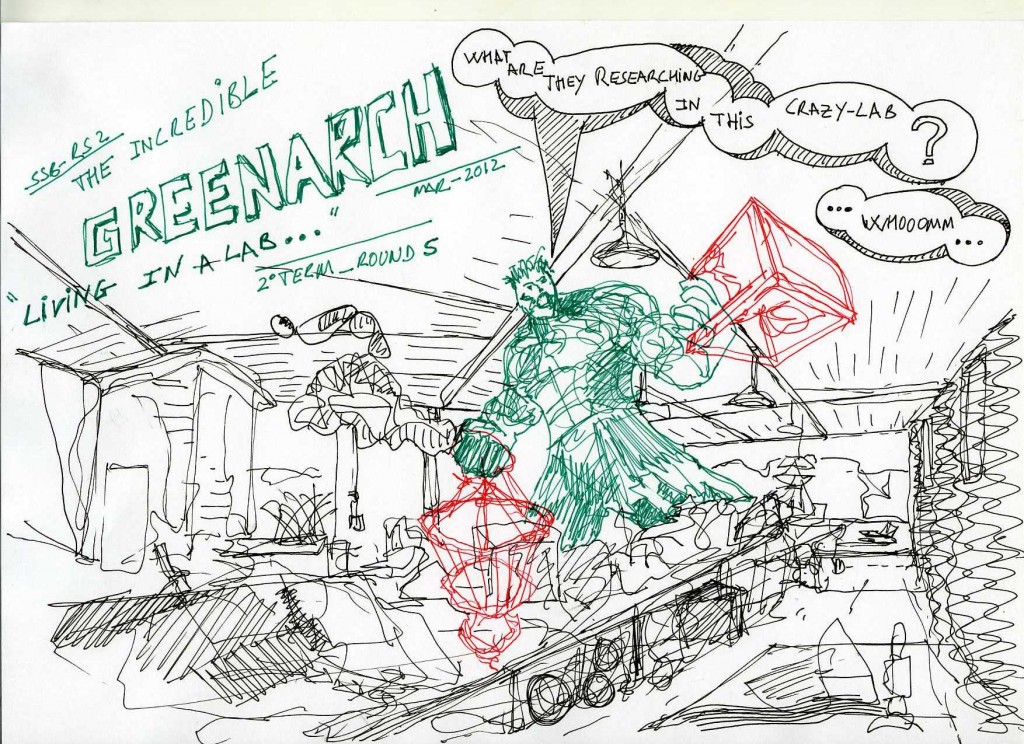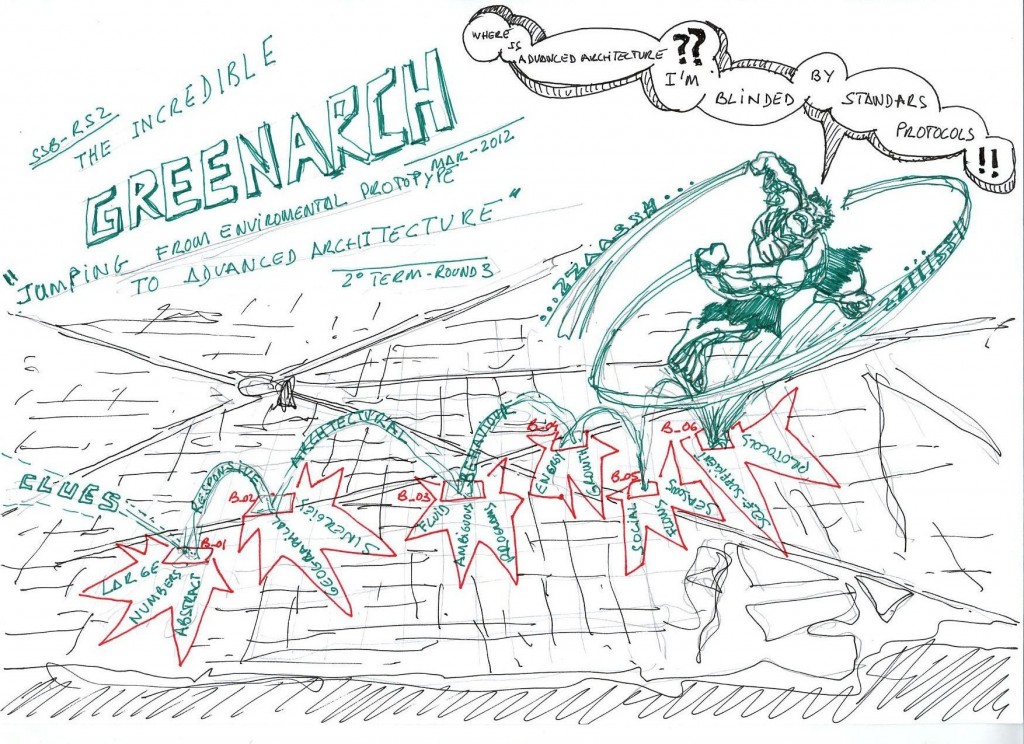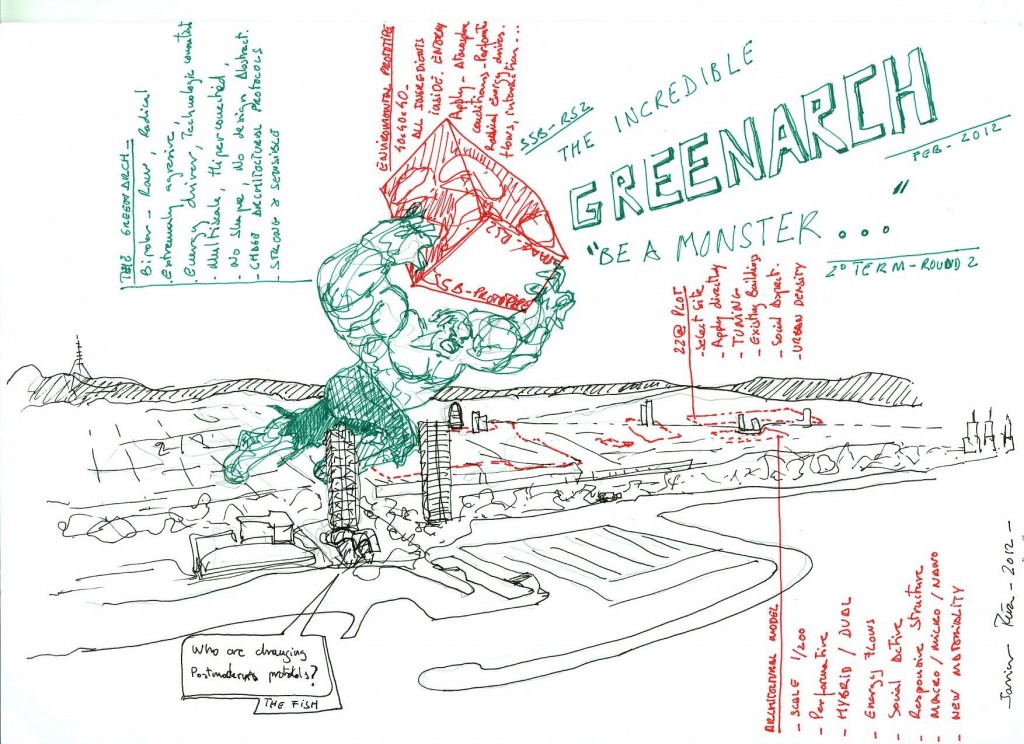JAVIER PEÑA GALIANO (Murcia 1966). Architect by the ETSAM in 1992. He has been professor during the last 12 years in several Universities and workshops. Since 2010 he is Master professor at IAAC and external professor of project work at ESARQ UIC as well; from 2001 until 2011 he was associate professor of project work at the School of Architecture in Alicante. In his professional life he founded XPIRAL Architecture that is working since 1997 having head office in Barcelona, Murcia and Madrid. As head of XPIRAL team, he leads the development of several proposals that explore alternatives to problems no-disciplining, supported by new technology and multimedia resources, beyond the architecture, urbanism and design. In the point of view of permanent learning makes many trips to various countries. It also develops an intense activity not only architectural but also by participating in several panel discussions, lectures and meetings, as Barcelona, Lima, Moscow, Madrid , Sao Paulo… On the spot he participated in the 8th Architecture Biennale in Venice, 2002, the exhibition of Spanish “architecture-On-Site” at the MOMA in New York and prolonged at the Botanical Garden of Madrid, 2006, and in the international exhibition of Spanish architecture “innovación abierta” celebrated in Panamá. He has spoken at various international exhibitions and workshops such as the V Biennale of Architecture and Design of Sao Paulo, 2003; Workshop of Architecture University of Alcalá, 2004; “7 Ideas of Beauty”, Madrid 2005; “talent and spirit”, Santander in July 2005. Has been honored with numerous awards, among them Architecture Prize Europan 6; FAD 2000 Finalist in the Awards Saloni; Second Prize ATEG 2006; First Prize in Contest of the Municipal Pool Mazarrón, Murcia 2006; First Prize Quarter of Peace, Murcia 2006; selected in the Prizes Mies Van der Rohe 2009; finalist in ONE PRIZE 2011 of New York.
Rodrigo Rubio (Madrid): Architect / Escuela Politécnica de Madrid (ETSAM), first prize at the Selfsufficient Building International Contest, and master degree in Advanced Architecture in 2006. Since then, Rodrigo Rubio has been leading several research projects at IAAC such as the Albacete Effect, the Hyperhabitat Venice Bienale, or the Solar Decathlon Europe FabLabHouse. He founded with Daniel Ibáñez the MaRGeN architectural office at Madrid in 2005, inside the FreshMadrid platform, focused on landscape and selfsufficiency issues and awarded with several prizes at national and international competitions. Nowdays he is directing the Projects Office at IAAC from where the recently finished Endesa Pavilion was developed.





